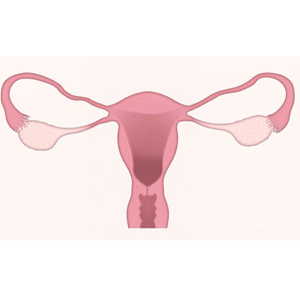Effect of E-Duva application on knowledge and attitude of visual inspection using acetic acid (VIA) among women of childbearing age

Accepted: 25 October 2023
HTML: 6
All claims expressed in this article are solely those of the authors and do not necessarily represent those of their affiliated organizations, or those of the publisher, the editors and the reviewers. Any product that may be evaluated in this article or claim that may be made by its manufacturer is not guaranteed or endorsed by the publisher.
Authors
E-Duva is an application model designed to introduce innovations for delivering information and education about visual inspection with acetic acid (VIA) tests. The use of the E-Duva application can facilitate access to information and education for mothers without the need to visit a healthcare facility to learn about the VIA test. This study aimed to assess the effectiveness of the E-Duva application on the knowledge and attitudes of women of childbearing age (WUS). The study population comprised women of childbearing age (WUS). We employed a quasi-experimental research design with a pretest-posttest design using non-probability purposive sampling. The total sample size in this study was 30 respondents, with 15 women in the control group and 15 women in the intervention group. A questionnaire was used to assess the knowledge of WUS regarding cervical cancer and the VIA test. Statistical analysis was conducted using the Paired T-test. The study results indicate a significant increase in knowledge in both the experimental group (p = 0.000; mean SD 90.88±6.9) and the control group (p = 0.000; mean SD 78.40±10.1). Attitudes toward early detection of cervical cancer were significantly related (p = 0.015). This suggests that a more positive attitude towards early detection of cervical cancer among WUS is associated with a greater willingness to undergo cervical cancer screening. The findings of this study support the role of the E-Duva application in enhancing the knowledge and attitudes of women of childbearing age regarding VIA tests and cervical cancer, emphasizing the potential of technology-driven health education in improving women's health outcome.
How to Cite

This work is licensed under a Creative Commons Attribution-NonCommercial 4.0 International License.

 https://doi.org/10.4081/hls.2023.11789
https://doi.org/10.4081/hls.2023.11789



